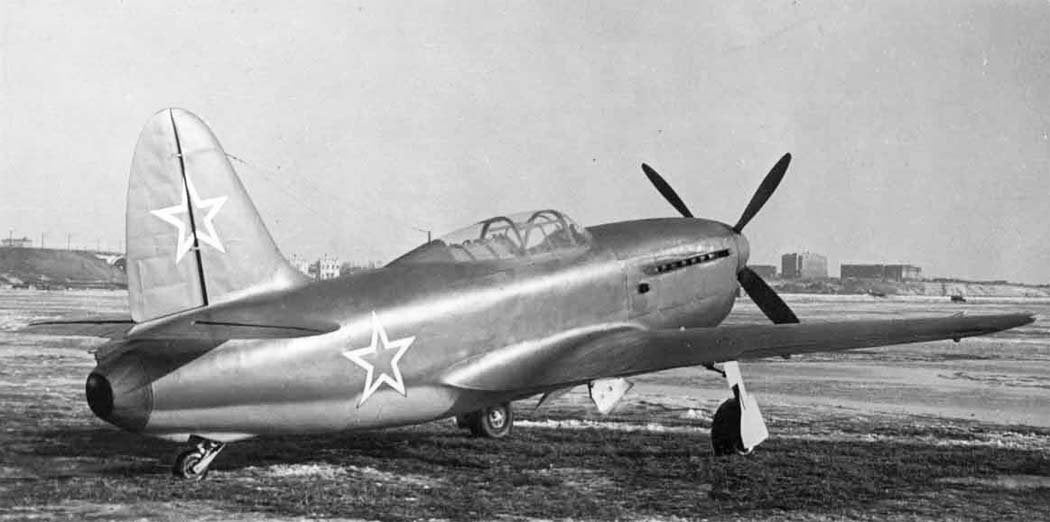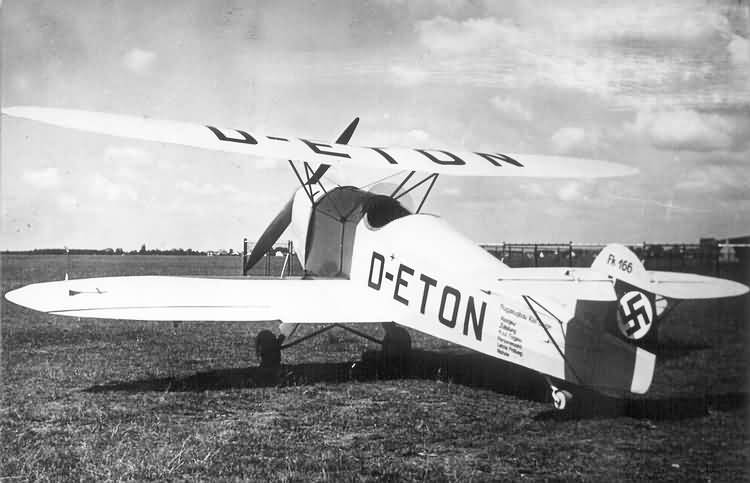
The only “surviving” Lockheed “Penetration Fighter” is the 2nd prototype (46-0688) which ended up it useful life on the ground used in nuclear blast tests. Gladly, in 2003, the incomplete, heavily mangled and radioactive hulk was recovered from the Nevada Test Site. After a thorough decontamination process it’s now on display at the National Museum of the United States Air Force’s Cold War gallery.
What a handsome piece of machinery.
Tag Archives: Prototype/Testbed
Tokorozawa Koshiki-2: Half Salmson 2 A2, half SPAD XIII.

Designed by the Japanese Army’s Tokorozawa Aviation School department of research in the early 1920s, this experimental single-seat was the first fighter conceived and built in Japan. Clearly influenced by the French SPAD XIII, the Koshiki-2 was powered by the Salmson 9Z engine that the Japanese Army knew so well for their use in their 2 A2s. First flown in 1922 the prototype displayed a fairly decent performance, but also some horizontal stability troubles at low speed. The latter was the cause of its early demise. A second prototype soon followed, but the problems remained so no further production was undertaken.
Sukhoi Su-5: You are the one for me, Fatty (Xl).

The Su-5 was conceived for the same purpose of the I-250. Both employed basically the same mixed engine configuration, but the Su-5 was sure more conventional-looking. In fact, it shared more than a certain “air de famille” with Sukhoi’s previous products. First flown just before the end of WW2, the sole prototype undertook a brief test program which ended when its Klimov VK 107 engine expired with no replacement available. It was slower than the I-250 and the latter was the one chosen for production.
Chubby, yet somehow handsome. The jet exhaust looks curiously modern.
Kiel Fk.166: Never go full bizarre.

First flown in 1934, this single-seat biplane designed by Hans Erfahrt was the sole aircraft produced by the Kiel Flugzeugbau. Its main feature was a weird-looking cantilever biplane configuration; curiously its tail surfaces had struts. The one prototype built, powered by a 82hp Hirth HM 60 engine, didn’t prove to be particularly good during testing. It ended its short flying days at a flight school at Zorau and was soon forgotten.
SNCASO SO.9050 Trident II: Déjà vu.
The impressive front cover of Paul Legellé for the 1956 book of Trident test pilot Charles Goujon.
The previous model without a Matra 052 missile launch a few years later.
Westland-Hill Pterodactyl V: From a lost world.

After the IV came the incredible V conceived to fulfil the two-seat fighter Air Ministry specification F.3/32. The design was a departure from Hill’s previous Pterodactyls in that it was sesquiplane and had tractor propeller, powered by a steam-cooled 600hp Rolls-Royce Goshawk engine. The crew were seated in a short nacelle fuselage that thanks to the forward propeller and Pterodactyl’s tailless wing configuration it had an outstanding field of view/fire for the observer/gunner. First flown in 1934, the V was up to the level of performance of more conventional contenders, after some alterations. Not production followed.
The V in its “mid-stage” configuration during the display for the press at
Yeovil in late August 1934. The hopelessly troublesome Goshawk at least had a cool hexagonal air intake at this design stage.
Photo: Aeroplane.
Vought F7U-3 Cutlass: Only the Brave (IX).

The fully instrumented Cutlass (129566) equipped with two vertical canard control surfaces used during the “Cornell Study” of 1957. Flown with and without those canards, the Cornell Aeronautical Laboratory was investigating “large uncontrolled motions of the airplane-post-stall-gyrations”. Tests proved the effectiveness of the canards in preventing them, but it was noted the same effect could have been achieved with enlarged rudder surfaces.
To intentionally and repeatedly do that with a Cutlass….
Photo: Jay Miller Collection.
Boeing YL-15 Scout: Winner of my heart (XII).
Even the giant Boeing company also found themselves during the immediate post-World War II looking for ways to keep the income coming. Diversification was the name of the game, and it came to them in the shape of this light short take-off and landing (STOL) aircraft. Powered by a 125hp Lycoming O-290 engine, their wacky army liaison aircraft design had a stupendous rear view provided by its box & pod fuselage. Not a thing of beauty though.
The first of two prototypes made its maiden flight in 1947. The ten pre-production YL-15s that followed were evaluated by the US. Army, but in the end they chose the more conventional Cessna L-19. No more were produced. Not to be wasted, the US. Fish & Wildlife Service of Alaska enjoyed their exceptional slow flight and short-field capabilities.
SNCASO SO.9000 Trident I: The Devil is in the details (XXIII).

Go fast & go slow devices on the commanding rear end of the SO.9000-01. The first Trident prototype was powered by a SEPR 481 equipped with three chambers; the SO.9050 had the two chamber SEPR 631 rocket instead.
Lockheed A-12 Oxcart: Monumental Test indeed.

The A-12 RCS full-scale model placed on a test stand in the middle of the pit nicknamed “the swimming pool”. The pylon (three battleship propeller shafts welded together!) was shrouded by an inflatable sleeve to reduce its radar signature. Notice also the simulated afterburner exhaust plumes; a substantial radar return source.
Photo & info: Thornton D. TD Barnes.


